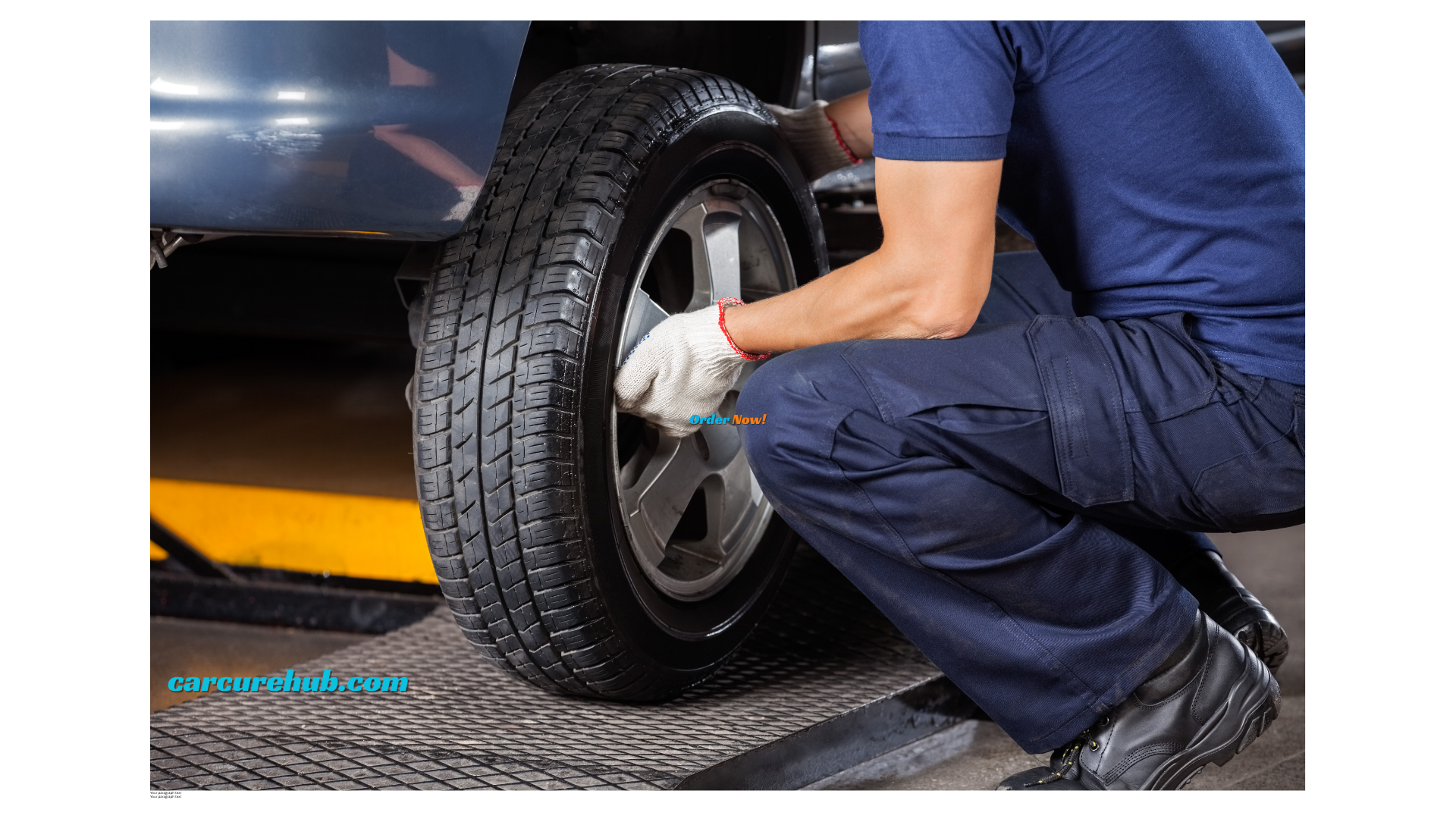Unlocking Savings and Skills: Your Ultimate Guide to DIY Car Repair
For many, the thought of opening the hood of their car evokes a mix of fear and confusion. Yet, a growing number of individuals are discovering the immense satisfaction and significant financial benefits of DIY car repair. Far from being an exclusive domain for seasoned mechanics, performing your own car maintenance and minor repairs can be an empowering journey that saves you hundreds, if not thousands, of dollars annually. This comprehensive guide will illuminate the path to becoming a confident home mechanic, transforming your approach to vehicle upkeep.
The Irrefutable Advantages of DIY Car Repair
The most immediate and obvious benefit of tackling your own car maintenance is the substantial cost savings. Professional labor rates for even simple tasks can quickly add up, often costing more than the parts themselves. By taking matters into your own hands, you eliminate these labor charges entirely. Imagine saving $50 on an oil change, dozens on a simple filter replacement, or hundreds on brake pad installation – these savings quickly accumulate, freeing up cash for other priorities or even better car parts.
Beyond the financial aspect, DIY car repair offers a unique opportunity for personal growth. Learning about your vehicle’s intricate systems fosters a deeper understanding and appreciation for its engineering. This newfound knowledge empowers you to diagnose small issues before they escalate into major, expensive problems. There’s a profound sense of accomplishment that comes from successfully completing a repair, knowing you’ve extended the life of your vehicle with your own two hands. It’s not just about fixing a car; it’s about building confidence and practical skills that last a lifetime.
Getting Started: Essential Tools and Mindset for DIY Car Repair
Embarking on your DIY car repair journey doesn’t require a fully stocked professional garage. You can start with a modest investment in basic tools that will serve you well for a multitude of common tasks. A good quality socket and wrench set (metric and SAE), a reliable jack and jack stands for safety, pliers, screwdrivers, a multimeter, and a torque wrench should form the cornerstone of your toolkit. As you gain experience, you can gradually expand your collection with specialized tools tailored to specific repairs you encounter.
Equally important is cultivating the right mindset. Patience is paramount; don’t rush through tasks. Research extensively before you begin, consulting your car’s owner’s manual, reputable online forums, and video tutorials. Understand the why behind each step, not just the how. A methodical approach, coupled with a willingness to learn from mistakes, will set you up for success. Remember, every expert was once a beginner.
Common DIY Car Repair Tasks You Can Master
Many routine maintenance and minor repair jobs are well within the capabilities of the average car owner. You don’t need a degree in automotive engineering to tackle these, and mastering them can save you significant money:
Oil and Filter Changes: This is arguably the most fundamental DIY car repair task and an excellent starting point. It’s straightforward, requires minimal tools, and significantly impacts engine longevity.
Air Filter Replacement: Both engine and cabin air filters are simple to replace, improving fuel efficiency and interior air quality, respectively.
Wiper Blade Installation: A quick and easy swap that dramatically enhances visibility during inclement weather.
Checking and Topping Off Fluids: Regularly inspecting engine oil, coolant, brake fluid, power steering fluid, and windshield washer fluid levels is crucial for preventative maintenance and takes only minutes.
Tire Pressure Checks and Rotations: Proper tire pressure improves safety and fuel economy, while regular rotations extend tire life.
Battery Testing and Replacement: A simple multimeter can test your battery’s health, and replacing a dead battery is a common and relatively easy task.
Brake Pad and Rotor Replacement (Front): While slightly more involved, many DIYers successfully tackle this to save hundreds. Always ensure proper torque specifications are met for safety.
Headlight and Taillight Bulb Replacement: Often a simple twist and pull, replacing bulbs ensures you remain visible and avoid tickets.
Safety First: Non-Negotiable Rules for DIY Car Repair
While the benefits of DIY car repair are immense, safety must always be your top priority. Never compromise on safety measures, as working on automobiles carries inherent risks.
Always Use Jack Stands: Never rely solely on a hydraulic jack to hold up your vehicle. Once lifted, place sturdy jack stands under the appropriate frame points before performing any work beneath the car.
Wear Protective Gear: Gloves protect your hands from grease and sharp edges, while safety glasses shield your eyes from debris, splashes, or falling particles.
Work in a Well-Ventilated Area: When working with chemicals or when the engine is running, ensure proper ventilation to avoid inhaling harmful fumes.
Disconnect the Battery: Before working on any electrical components or major engine components, disconnect the negative terminal of the battery to prevent accidental shorts or shocks.
Allow Engine to Cool: Always allow the engine to cool completely before working on any components, especially those involving the cooling system, which can contain pressurized hot fluids.
Consult Your Manual: Always refer to your car’s owner’s manual for specific instructions, torque specifications, and safety warnings pertinent to your vehicle model.
When to Call in the Professionals
While DIY car repair is incredibly rewarding, it’s equally important to recognize your limitations. Some repairs are inherently complex, require specialized diagnostic equipment, or demand a level of expertise that’s best left to certified mechanics. These include:
Major Engine or Transmission Rebuilds: These complex jobs require precise timing, specialized tools, and extensive knowledge.
Advanced Electrical System Diagnostics: Tracing elusive electrical problems can be incredibly time-consuming and frustrating without professional tools and experience.
Air Conditioning System Repairs: AC systems contain refrigerants that require specialized equipment for handling and proper disposal.
Suspension or Steering Component Replacements (Beyond Basic): While some simple tasks are fine, misalignment or incorrect installation can lead to dangerous driving conditions.
* Any Repair Beyond Your Comfort or Skill Level: If you feel uncertain or your safety might be compromised, it’s always better to seek professional help.
In conclusion, embracing DIY car repair is a smart decision for any car owner looking to save money, gain valuable skills, and foster a deeper connection with their vehicle. By starting with simple tasks, prioritizing safety, and knowing when to seek professional assistance, you can unlock a world of automotive empowerment. The journey from novice to confident home mechanic is not only achievable but immensely rewarding, transforming the way you view and maintain your most valuable mode of transportation.
Recent Posts
If your car suddenly smells like cat pee, dont despair! Weve got the proven strategies to eliminate that embarrassing odor and leave your car smelling fresh.
So, can you use shampoo to wash a car? While it might lather up, using human shampoo can actually strip your cars paint, so its best to stick to products made for vehicles.


